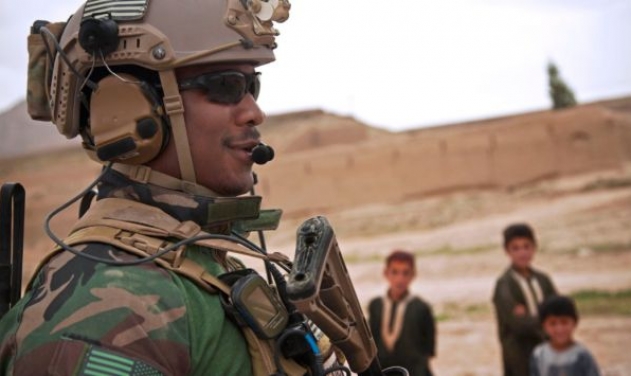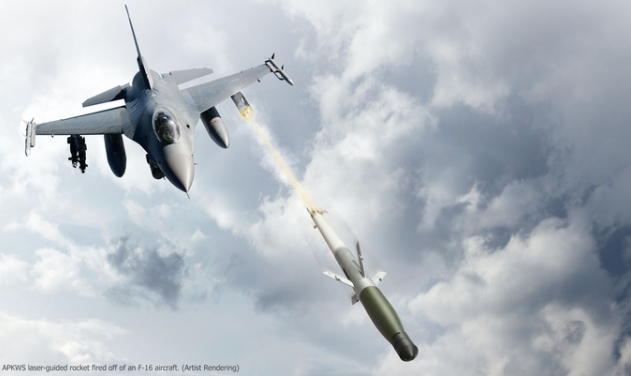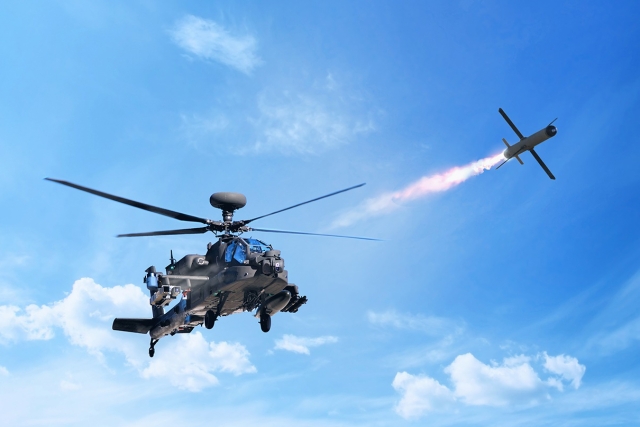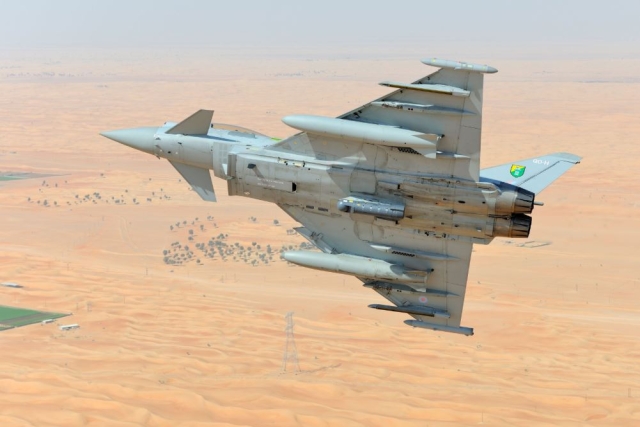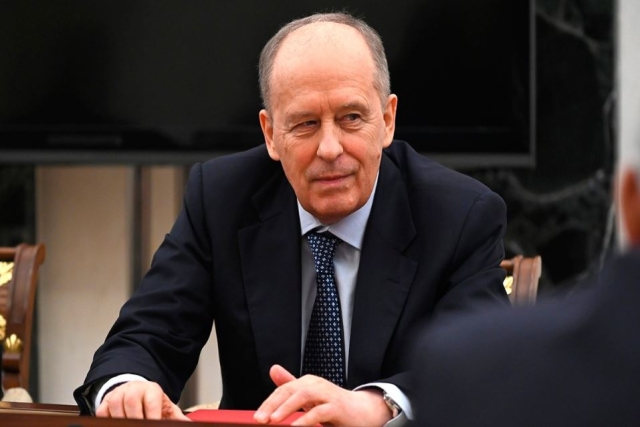US Shelves Plans To Provide Afghanistan With More Armored Vehicles

The US has decided not to supply around 300 additional armored vehicles to support Afghanistan in its fight against Taliban citing budgetary reasons.
The decision not to supply extra vehicles, taken largely for budgetary reasons, remains a sore point, as local forces struggle to implement a US-led push to get them off bases and into active battle against a resilient insurgency, Reuters reported Tuesday.
Since 2002, the United States has allocated more than $68 billion to train and equip Afghan security forces, with a view to eventually withdrawing from the country. Yet serious shortfalls in personnel and hardware remain.
Masoom Stanekzai, acting defense minister before being approved by parliament recently as intelligence chief, told Reuters the Afghan government was still trying to obtain more armored vehicles from the United States.
After Washington approved a large shipment of cargo trucks not requested by the Afghans, Stanekzai wrote a private letter to coalition commanders last year in which he said he needed more armored vehicles, including so-called Mobile Strike Force Vehicles (MSFVs).
“In the type of fighting we’re facing, the MSFV is more effective than the Humvee,” he said in an interview, referring to the smaller, less well protected vehicle more commonly provided to Afghan troops.
Most important, in Afghan eyes, is the MSFV’s “V-shaped” hull and extra armor, which reflect advances in engineering widely adopted to better protect troops, especially from roadside bombs favored by Afghan insurgents.
So while most local troops still travel in Humvees and regular pickups, coalition soldiers rarely leave bases unless they are in more heavily protected vehicles.
US military officials were quoted by Reuters as saying that they are trying to help the Afghans field more armored vehicles, and are reducing the army’s overall fleet by nearly half in an effort to make it more manageable.
“We continuously assess what their need is for the fight they are in,” said US Major General Daniel Hughes, who oversees military aid to the Afghan government.
MSFVs and similar vehicles come with their own drawbacks, as they are large, harder to maneuver, and expensive.
Hughes said he considered the MSFV a “very specialized capability” of limited use to the Afghans, noting that MSFVs already in Afghanistan are often only used defensively.
Planners opted to order 1,600 replacement Humvees this year, which at around $280,000 apiece are cheaper than nearly $1 million for each MSFV, Hughes said. About 50 additional MSFVs were ordered last year to replace losses.
US commanders first take into account combat needs, but ultimately they can only provide what they can afford under budgets approved by Washington, he said.
“I’m General ‘No.’ I add the fiscal reality. You can’t just say yes to everything, you have to judge it on the financial piece ... because the ultimate goal of this is that Afghanistan supports its own military.”
